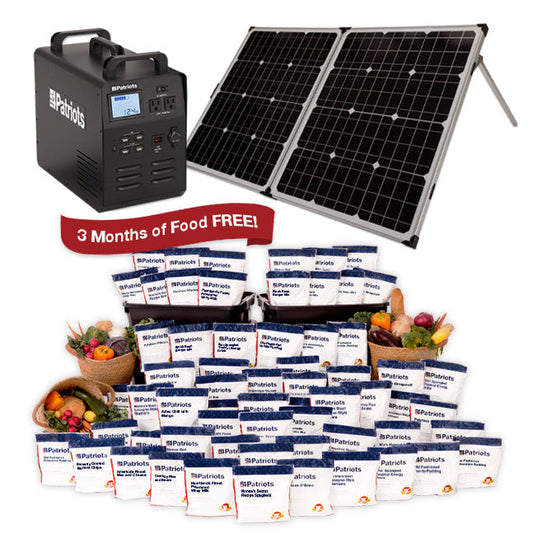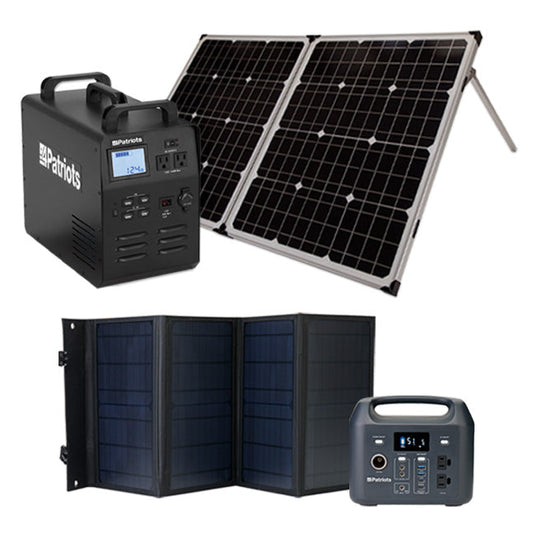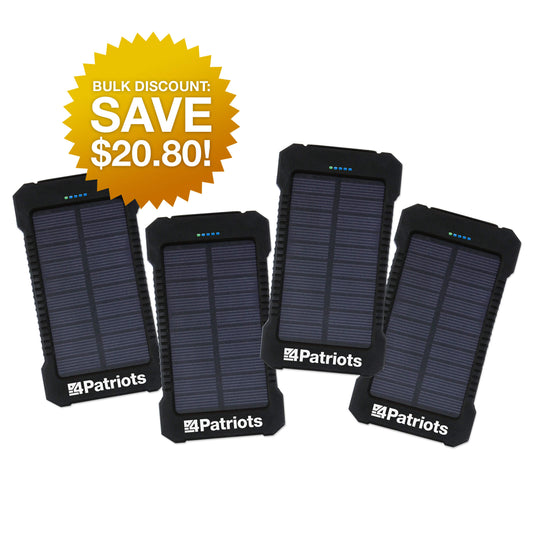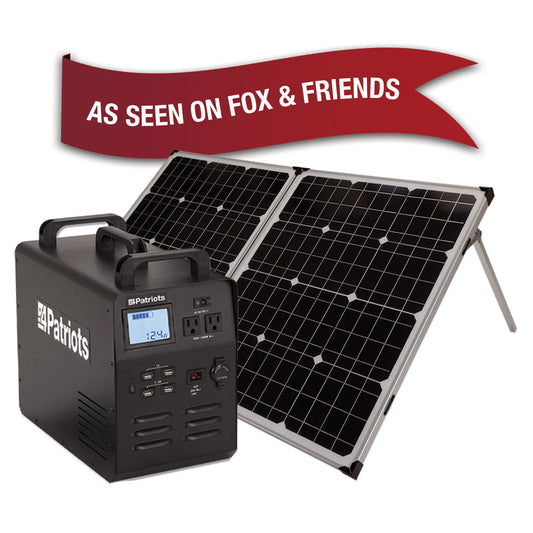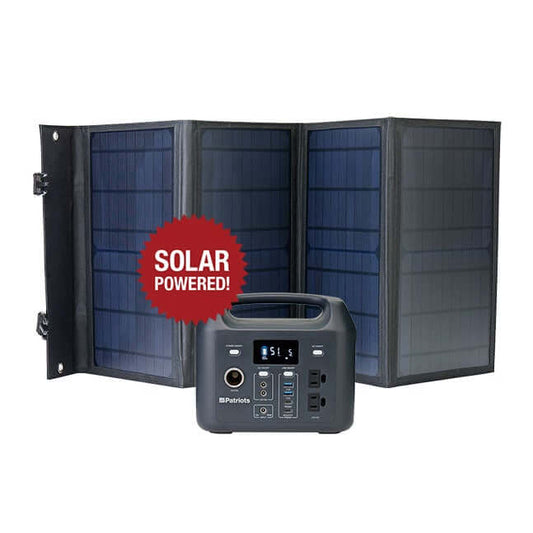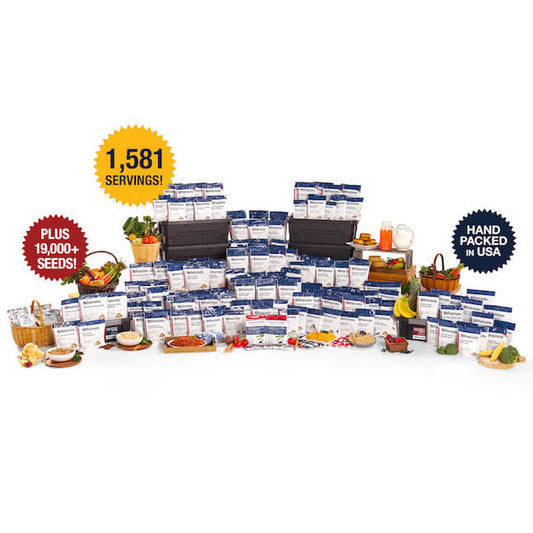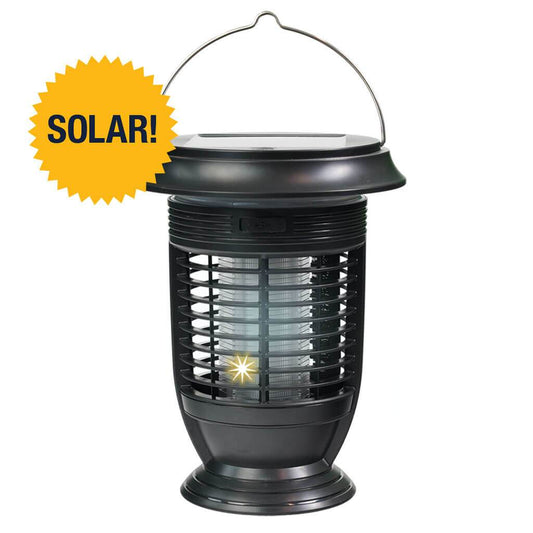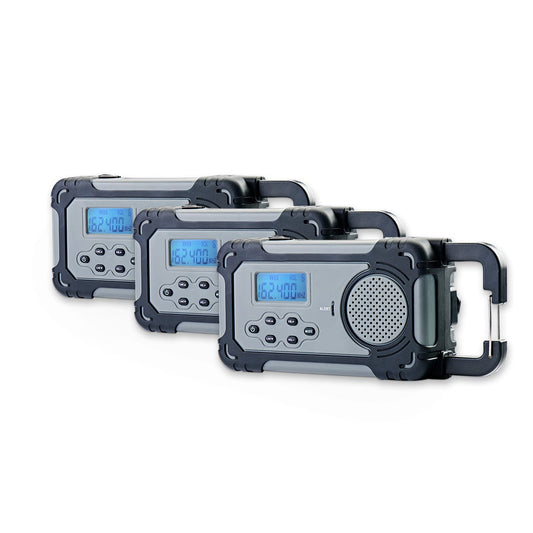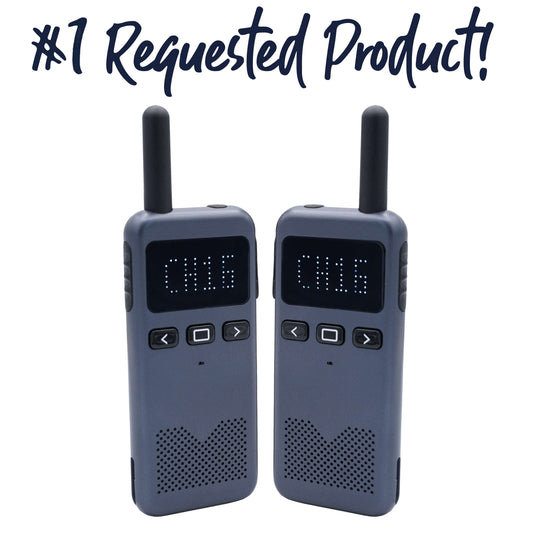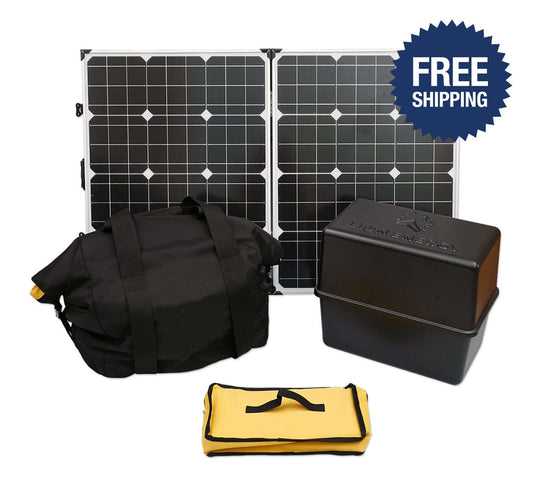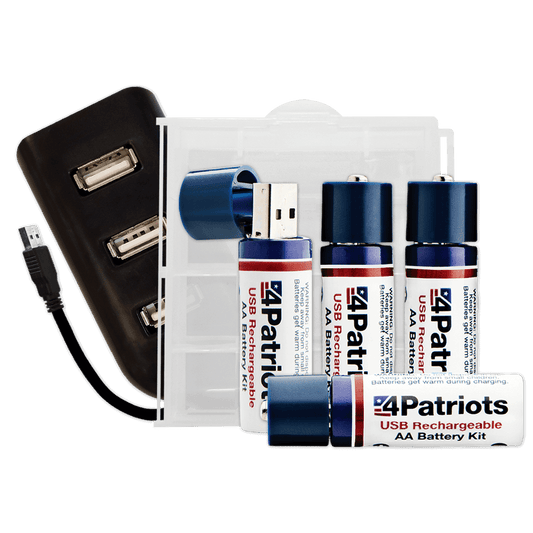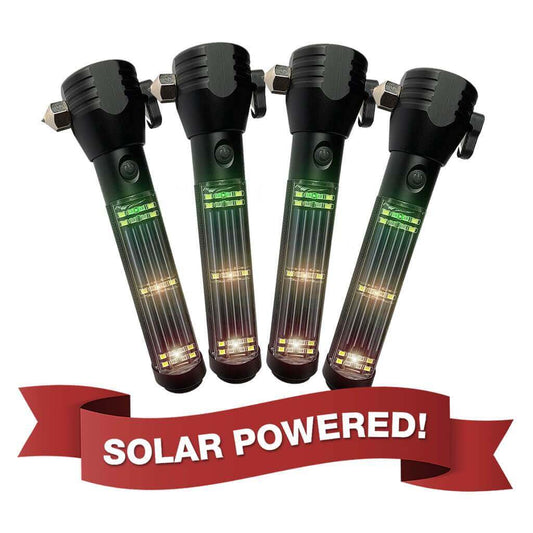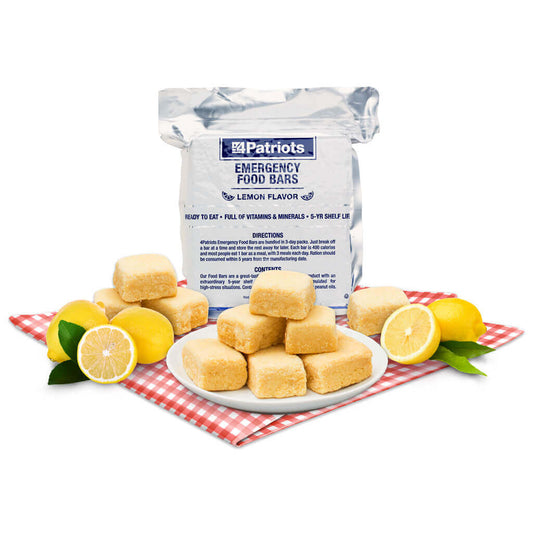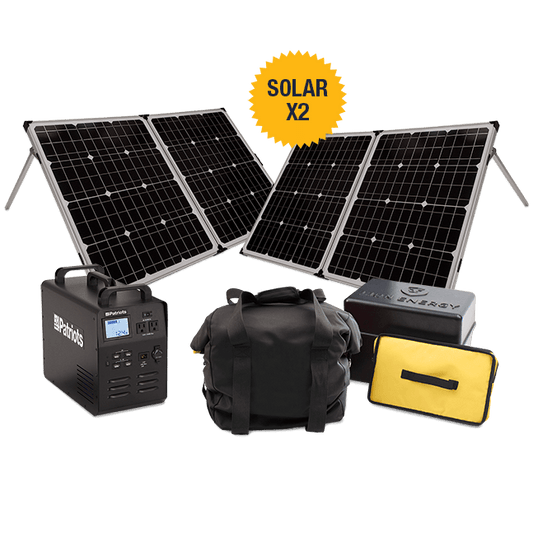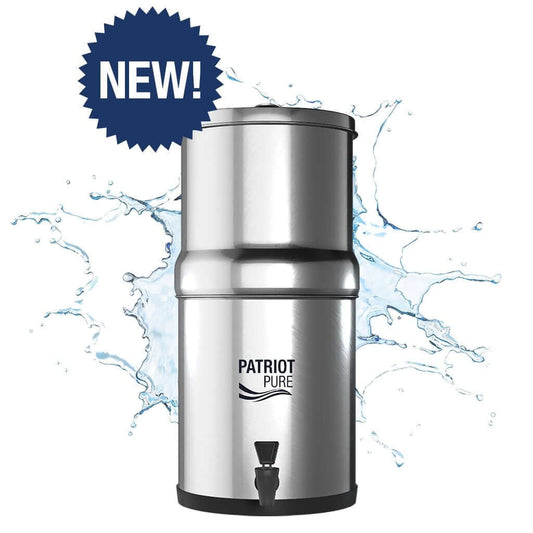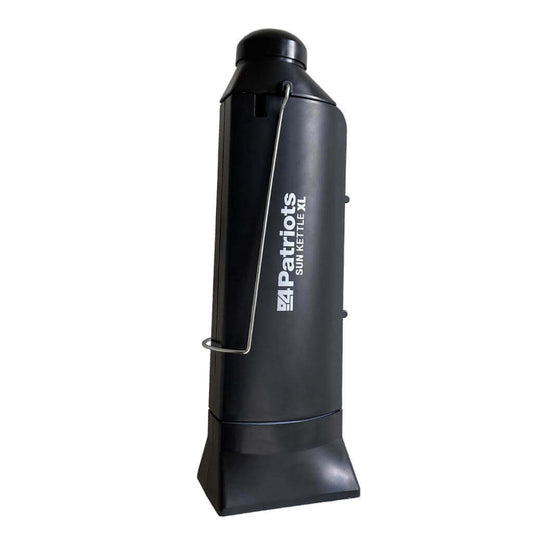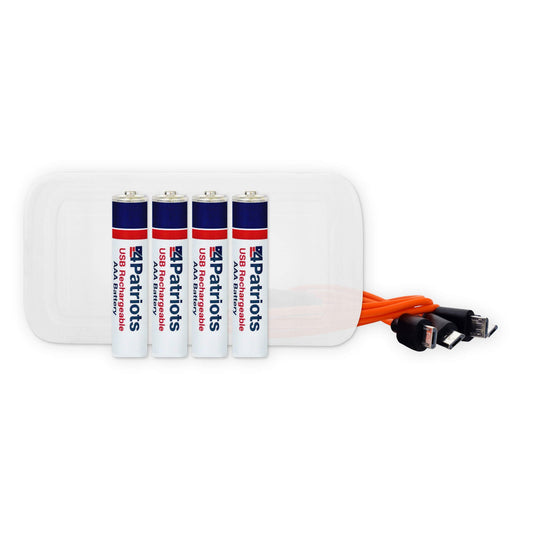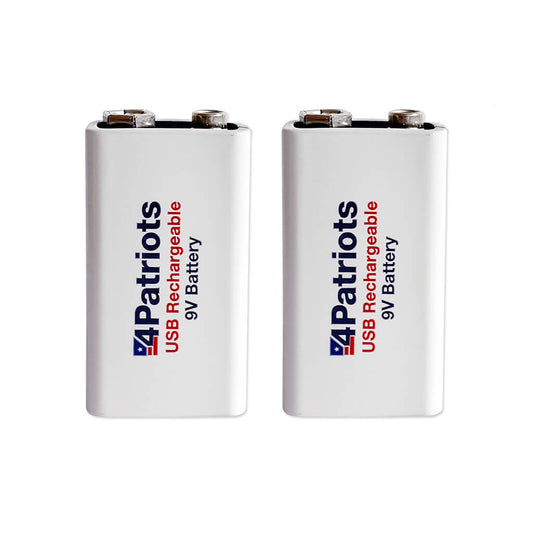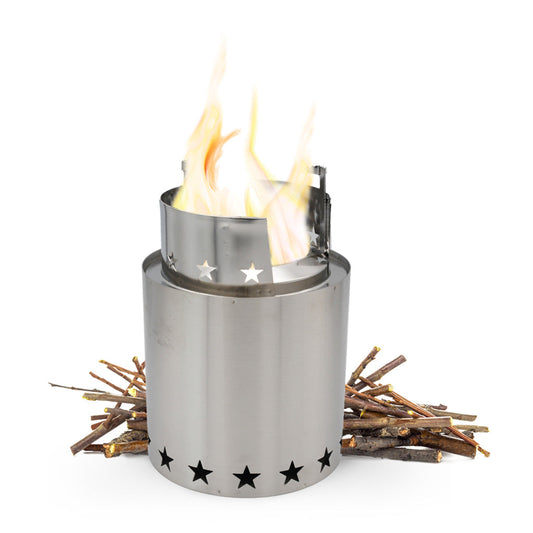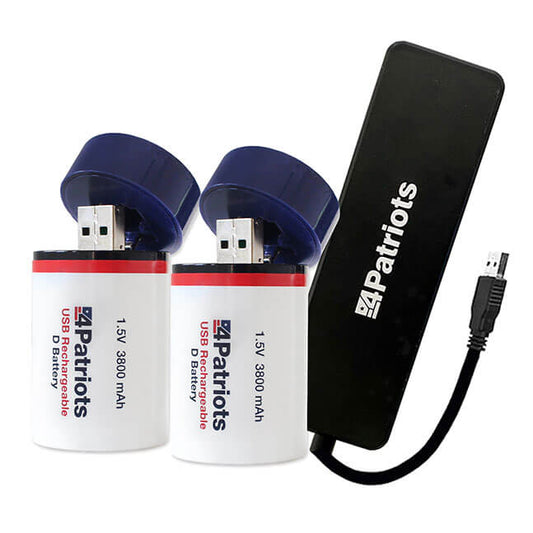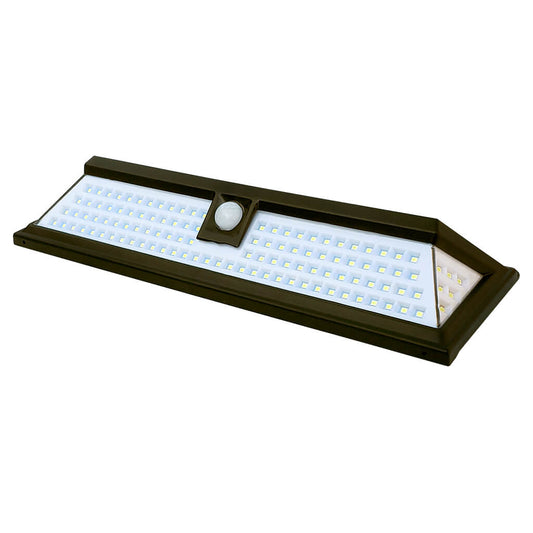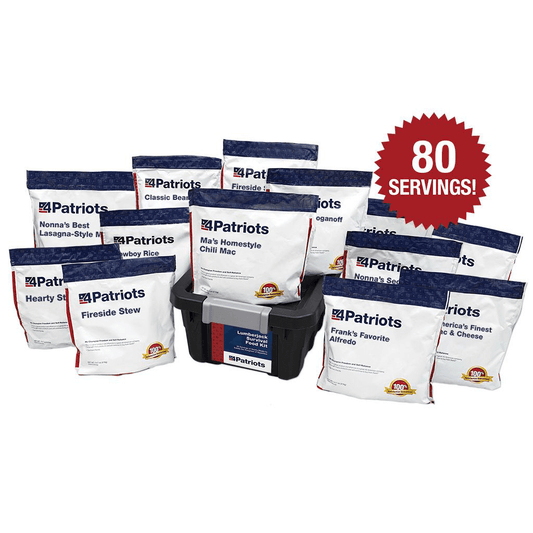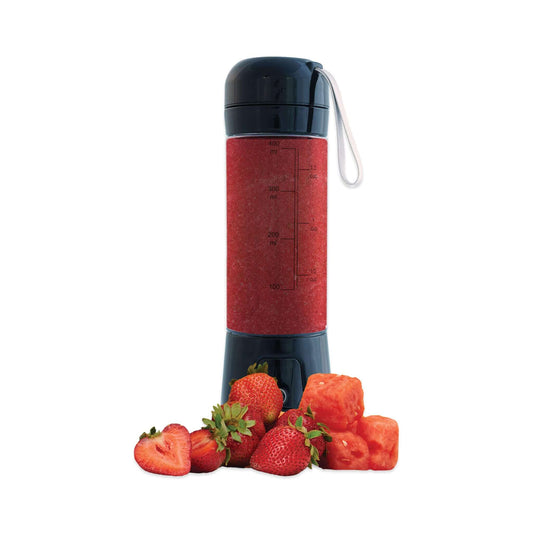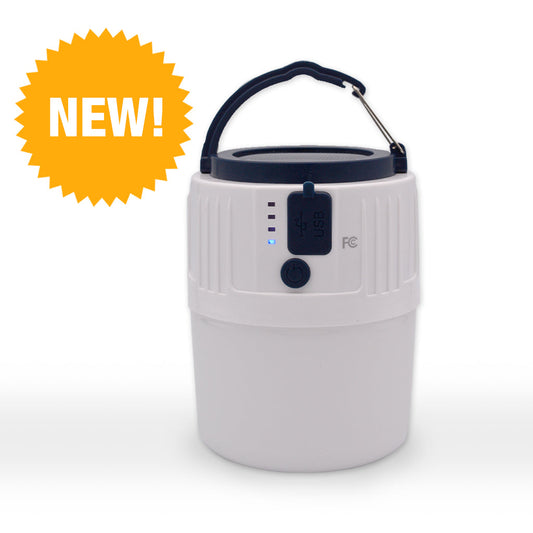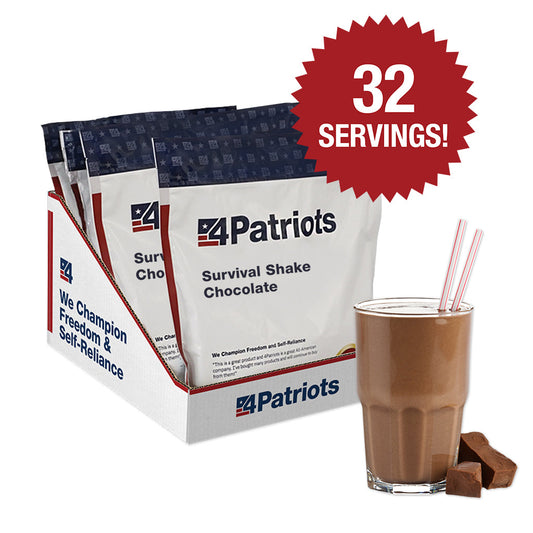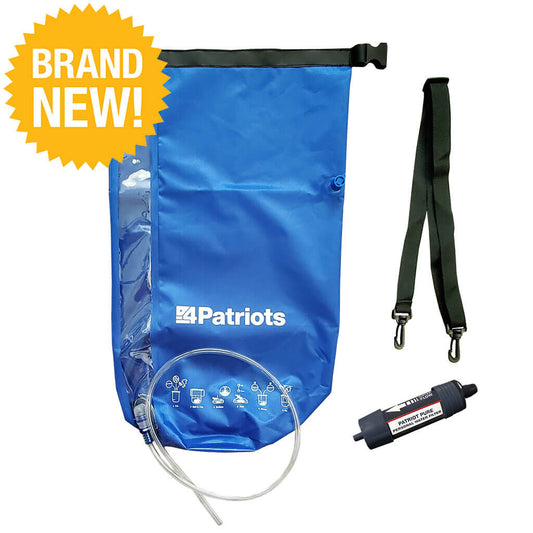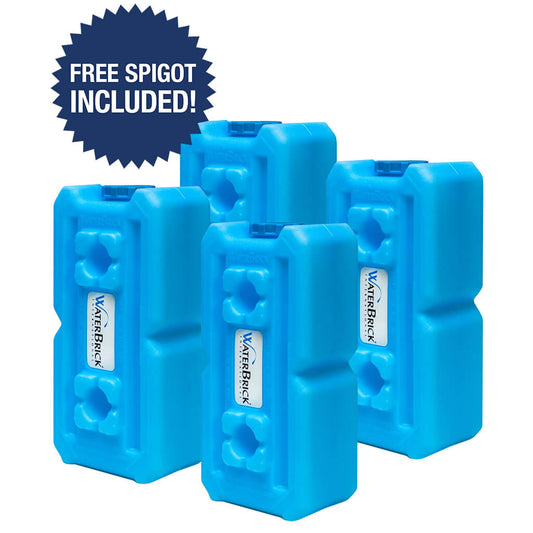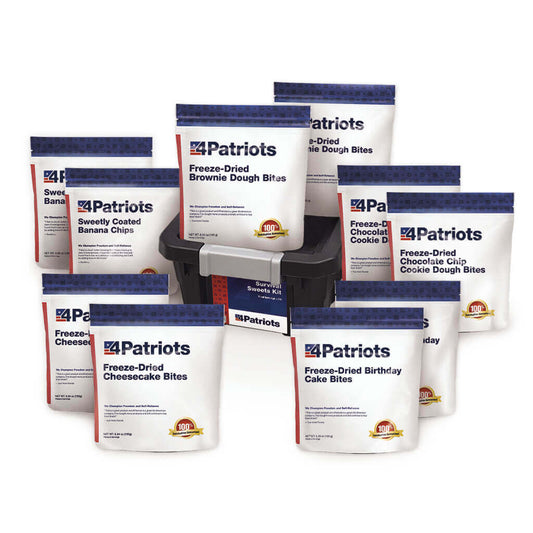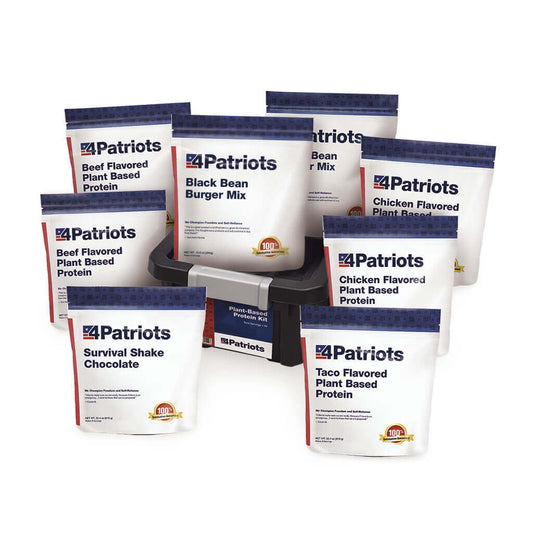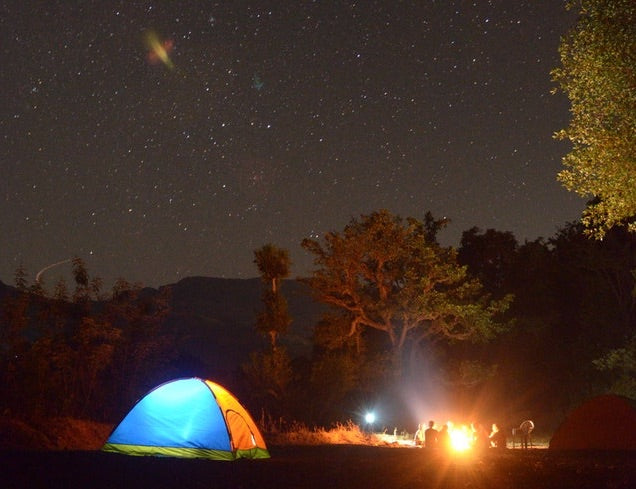
Could You Pass NASA’s Astronaut Survival Training?

If you grew up in the Sixties, you might have dreamed about becoming an astronaut some day. Lots of kids did back then.
The Space Race provided plenty of excitement for folks during that decade. John Glenn, Gus Grissom, Scott Carpenter and Gordon Cooper were as much household names as Hank Aaron, Mickey Mantle and Willie Mays.
Everyone knew the U.S.S.R. was ahead of the U.S. in the Space Race during the early to mid-Sixties.
But Americans took great pride in the fact that we not only caught up, but surpassed the Russians.
Michael Jackson doesn’t count
Today, I’m guessing few kids dream about becoming an astronaut. Space exploration has become out of sight, out of mind for many people.
Here’s an interesting factoid that convincingly proves this point. Did you know that in mankind’s history, there have been only six manned missions to the moon? And that every one of them occurred during Richard Nixon’s presidency?
That’s right. No human has walked on the moon since December 1972. Here’s a quick look at who did. I bet you’ll remember some of these names.
- Neil Armstrong and Edwin “Buzz” Aldrin (Apollo 11, July 1969)
- Charles “Pete” Conrad and Alan Bean (Apollo 12, November 1969)
- Alan Shepard and Edgar Mitchell (Apollo 14, February 1971)
- David Scott and James Irwin (Apollo 15, July/August 1971)
- John Young and Charles Duke (Apollo 16, April 1972)
- Eugene Cernan and Harrison Schmitt (Apollo 17, December 1972)
Down-to-earth training
Space exploration has turned in a different direction in recent decades. But people are still training to become astronauts.
And part of that training involves survival training. After all, conditions don’t get any harsher than being thousands of miles away from Earth in an airless vacuum.
At the end, I’m going to show you a fun exercise NASA gives to its astronaut candidates.
You’ll be able to see if your answers match up with what NASA is looking for when it comes to choosing its astronauts.
Wilderness testing
One training session for young NASA astronauts involves land survival training at the U.S. Navy’s wilderness site in Rangeley, Maine.
Each man and woman is issued camouflage clothing and a poncho. Plus two canteens, a bayonet, iodine tablets, a compass and a map. All stuffed into a backpack.
NASA wants these astronauts to learn to survive on Earth before they go off into space. The astronauts fly at least 48 hours a year to maintain their aviation and navigation proficiency. And these flights often go over mountains and deserts.
If they ever ejected, they would have to fend for themselves until rescued. Their survival training has another purpose. NASA wants them to develop teamwork skills they might need someday in a tightly confined ship.
Beyond roughing it
Duane Ross was manager of astronaut candidate selection and training at the Johnson Space Center in Houston, Texas. Here’s what he said.
“Beyond the practical survival tactics they learn, this type of experience really helps the astronaut candidates bond together as a team.”
The astronauts spend their nights in wood-framed shelters with parachute fabric. No sleeping bags or mattresses.
They are taught that someday their survival might depend on their creative abilities. They’d have to come up with ways to use a limited number of materials.
Comprehensive lessons
For example, a poncho is designed to protect from the rain or snow. But it could also be used a water collector, sleeping bag or part of a shelter.
Paracord also has many uses, including binding and pulling. Cutting it open provides smaller strands for more intricate jobs.
Astronauts are also taught survival skills such as fire starting, shelter building and signaling for help. As well as determining which wild plants and insects are safe for eating. And which ones are poisonous.
Finally, they’re tested in a mock rescue scenario. They must tend to “injured” comrades and quickly tear down shelters. Then gather all their gear and transport it with the injured. One-quarter mile away, through a dense forest, is a rescue site.
One if by land, two if by sea
Another survival training exercise NASA astronauts go through involves being thrown out of a low-flying helicopter into the Mediterranean Sea.
Any spacecraft flying to or from the International Space Station could end up in a body of water. So the training is realistic.
Remaining in the water overnight completes their “exam.” Previously they are busy climbing and descending cliffs. Plus crossing rivers and navigating in the wilderness.
They also set up a camp and build shelters. And then fish and prepare meals with primitive tools.
Ranking your necessities
OK, here’s that exercise I promised. Let’s see if you’ve got what it takes to be a NASA astronaut.
You are a space crew member scheduled to rendezvous with a mother ship on the lighted surface of the moon.
However, due to mechanical difficulties, your ship is forced to land 200 miles from the rendezvous point. During re-entry and landing, much of the ship’s equipment is damaged.
Please rank the items below, 1 through 15. With 1 being the most important item to have on this 200-mile trek and 15 being the least important.
Box of matches
Food concentrate
50 feet of nylon rope
Parachute silk
Portable heating unit
Two .45 caliber pistols
One case of dehydrated milk
Stellar map
Magnetic compass
Signal flares
Solar-powered FM receiver-transmitter
Here is NASA’s rankings:
15- Box of matches (basically worthless due to the lack of oxygen on the moon)
14- Magnetic compass (the moon’s magnetic field is not polarized)
13- Portable heating unit (not needed on the lighted side of the moon)
12- One case of dehydrated milk (a bulky duplication of food concentrate)
11- Two .45 caliber pistols (possible means of self-propulsion)
10- Signal flares (use as a distress signal when mother ship is in sight)
9- Self-inflating life raft (CO2 bottle in military raft can be used for propulsion)
8- Parachute silk (protection from the sun’s rays)
7- First-aid kit (needles connected to medicine vials will fit special aperture in a space suit)
6- 50 feet of nylon rope (useful in scaling cliffs and tying the injured together)
5- Solar-powered FM receiver-transmitter (for short-range communication with mother ship)
4- Food concentrate (efficient means of supplying energy requirements)
3- Stellar map (primary means of navigation; star patterns are basically the same as on Earth)
2- 20 liters of water (needed for replacement of liquid loss on the moon’s lighted side)
1- Two 100-pound oxygen tanks (most important survival need would weigh only 17 pounds on the moon)
How did you do? Feel free to chime in on this exercise or anything else you read above in the comments section.
Featured Products
- Regular price
- From $799
- Regular price
-
- Sale price
- From $799
- Unit price
- per
- Regular price
- $249
- Regular price
-
- Sale price
- $249
- Unit price
- per
- Regular price
- $2,497
- Regular price
-
$3,194 - Sale price
- $2,497
- Unit price
- per
- Regular price
- $2,499
- Regular price
-
$2,994 - Sale price
- $2,499
- Unit price
- per
- Regular price
- From $29.95
- Regular price
-
$119.80 - Sale price
- From $29.95
- Unit price
- per
- Regular price
- $2,499
- Regular price
-
- Sale price
- $2,499
- Unit price
- per
- Regular price
- $499
- Regular price
-
- Sale price
- $499
- Unit price
- per
- Regular price
- $29
- Regular price
-
- Sale price
- $29
- Unit price
- per
- Regular price
- $2,796
- Regular price
-
- Sale price
- $2,796
- Unit price
- per
- Regular price
- $29.95
- Regular price
-
- Sale price
- $29.95
- Unit price
- per
- Regular price
- $97
- Regular price
-
- Sale price
- $97
- Unit price
- per
- Regular price
- $4,999
- Regular price
-
- Sale price
- $4,999
- Unit price
- per
- Regular price
- $49.95
- Regular price
-
- Sale price
- $49.95
- Unit price
- per
- Regular price
- From $69
- Regular price
-
- Sale price
- From $69
- Unit price
- per
- Regular price
- $201
- Regular price
-
- Sale price
- $201
- Unit price
- per
- Regular price
- From $90.97
- Regular price
-
$129.95 - Sale price
- From $90.97
- Unit price
- per
- Regular price
- $999
- Regular price
-
- Sale price
- $999
- Unit price
- per
- Regular price
- $29.95
- Regular price
-
- Sale price
- $29.95
- Unit price
- per
- Regular price
- From $29.50
- Regular price
-
$30.99 - Sale price
- From $29.50
- Unit price
- per
- Regular price
- $129
- Regular price
-
- Sale price
- $129
- Unit price
- per
- Regular price
- From $27
- Regular price
-
$399.80 - Sale price
- From $27
- Unit price
- per
- Regular price
- $3,494
- Regular price
-
- Sale price
- $3,494
- Unit price
- per
- Regular price
- From $199
- Regular price
-
$205.50 - Sale price
- From $199
- Unit price
- per
- Regular price
- $99.95
- Regular price
-
- Sale price
- $99.95
- Unit price
- per
- Regular price
- $29.95
- Regular price
-
- Sale price
- $29.95
- Unit price
- per
- Regular price
- $8.99
- Regular price
-
$29.95 - Sale price
- $8.99
- Unit price
- per
- Regular price
- $99.95
- Regular price
-
- Sale price
- $99.95
- Unit price
- per
- Regular price
- $29.95
- Regular price
-
- Sale price
- $29.95
- Unit price
- per
- Regular price
- $59.95
- Regular price
-
- Sale price
- $59.95
- Unit price
- per
- Regular price
- $11.98
- Regular price
-
$29.95 - Sale price
- $11.98
- Unit price
- per
- Regular price
- $44.95
- Regular price
-
$44.95 - Sale price
- $44.95
- Unit price
- per
- Regular price
- $24.95
- Regular price
-
$49.95 - Sale price
- $24.95
- Unit price
- per
- Regular price
- $114.95
- Regular price
-
- Sale price
- $114.95
- Unit price
- per
- Regular price
- $189
- Regular price
-
- Sale price
- $189
- Unit price
- per
- Regular price
- $499
- Regular price
-
- Sale price
- $499
- Unit price
- per
- Regular price
- $59.95
- Regular price
-
- Sale price
- $59.95
- Unit price
- per
- Regular price
- $39.95
- Regular price
-
- Sale price
- $39.95
- Unit price
- per
- Regular price
- $59.95
- Regular price
-
- Sale price
- $59.95
- Unit price
- per
- Regular price
- $19.95
- Regular price
-
- Sale price
- $19.95
- Unit price
- per
- Regular price
- $99.95
- Regular price
-
- Sale price
- $99.95
- Unit price
- per
- Regular price
- $69
- Regular price
-
- Sale price
- $69
- Unit price
- per
- Regular price
- $14.27
- Regular price
-
$21.95 - Sale price
- $14.27
- Unit price
- per
- Regular price
- $149.95
- Regular price
-
- Sale price
- $149.95
- Unit price
- per
- Regular price
- $79.95
- Regular price
-
- Sale price
- $79.95
- Unit price
- per
- Regular price
- $39.95
- Regular price
-
- Sale price
- $39.95
- Unit price
- per
- Regular price
- $114.95
- Regular price
-
- Sale price
- $114.95
- Unit price
- per
- Regular price
- $39.95
- Regular price
-
- Sale price
- $39.95
- Unit price
- per
- Regular price
- $99.95
- Regular price
-
- Sale price
- $99.95
- Unit price
- per
- Regular price
- $24.95
- Regular price
-
- Sale price
- $24.95
- Unit price
- per
- Regular price
- $24.95
- Regular price
-
- Sale price
- $24.95
- Unit price
- per





